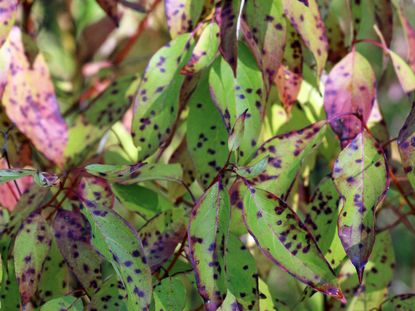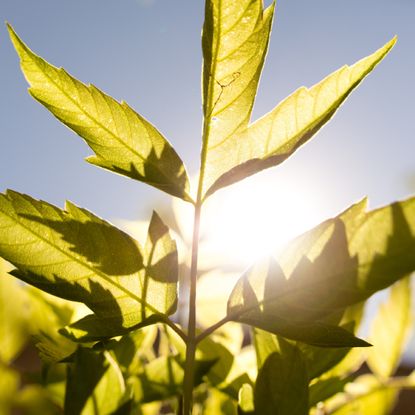Environmental Problems
Cultural plant problems and various types of environmental issues are inevitable, regardless of how well you care for your garden. So what is a gardener to do? The first step to solving gardening issues caused by environmental problems in gardens is to do your research. The pages that follow will help with that. With information for dealing with types of environmental issues like contaminated soil, floods, heat waves or cold spells, you’re sure to find something that relates to the particular needs of your garden. So keep reading to learn more.
-
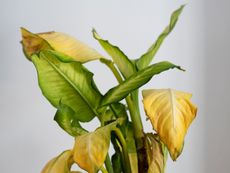
Yellow Plant Leaves: Find Out Why Plant Leaves Turn Yellow
A common sign of stress in plants is yellowing leaves. When this happens, it's time to do some sleuthing. Click here to get started.
By Bonnie L. Grant
-
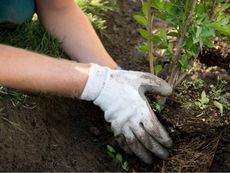
Learn How To Avoid And Repair Transplant Shock In Plants
Transplant shock in plants is almost unavoidable. But there are a few things to know about how to avoid transplant shock and cure plant transplant shock after it has occurred. This article will help.
By Heather Rhoades
-
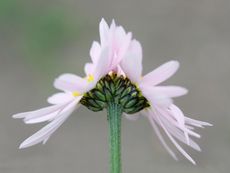
What Is Fasciation - Information About Fasciation In Flowers
If you've ever found a flower stem that looks wide and flattened, splayed or fused, you've probably discovered an odd disorder called fasciation. Find out more about the fasciation deformation of flowers in this article.
By Jackie Carroll
-
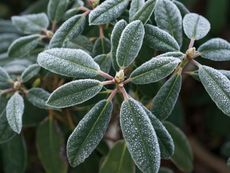
Frost On Plants - Information On Frost Tolerant Flowers And Plants
Most planting guides recommend installing plants after all danger of frost has passed, but you can also pick frost-resistant plants. Learn more about these in the following article.
By Bonnie L. Grant
-
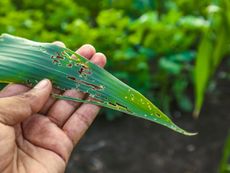
Care Of Damaged Plants: Information For Salvaging Injured Plants
Nothing is more disconcerting than to discover a problem with your plants. With a little know how from this article, you can find ways for reviving stress damaged plants and making them well again.
By Amy Grant
-
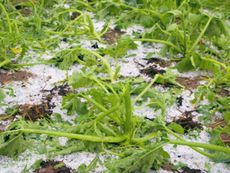
Hail Crop Damage: How To Care For Hail Damaged Plants
You can feel the ping of hailstones on your skin and your plants can too. Hail crop damage can severely decimate the harvest. This article will help with repairing or preventing this damage.
By Bonnie L. Grant
-
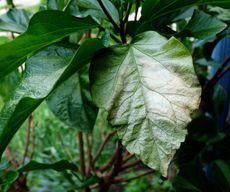
Plant Leaves Turning White Or Pale: Learn About Plant Sunburn Damage
There's nothing like the smell of new plants, but when your plants are turning white, the fun is over. Established plants can also suffer the same fate. Find out what causes white-colored damage on plants and how you can prevent it in this article.
By Kristi Waterworth
-

Reducing Soil Erosion: Using Plants For Erosion Control
Reducing soil erosion is important to preserve nutrient-rich soils and natural or unnatural topography. Using plants for erosion control is an excellent method. This article will provide more info.
By Bonnie L. Grant
-
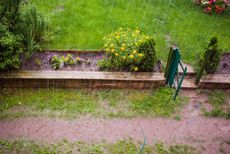
Torrential Rains And Plants: What To Do If Rain Is Knocking Down Plants
Rain is as important to your plants as sun and nutrients, but like anything else, too much of a good thing can spell trouble. Learn what to do for plants knocked down by rain in this article.
By Kristi Waterworth
-
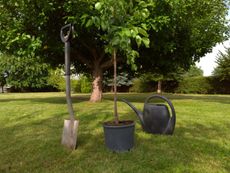
What Is Replant Disease: Advice For Planting Where Other Plants Died
Planting where other plants died is possible but only if you take appropriate actions, especially when disease issues are involved - which may result in replant disease. Learn more in this article.
By Susan Patterson
-
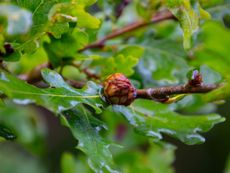
Leaf Gall Identification: Learn About Preventing And Treating Leaf Gall On Plants
Odd little bumps on leaves and funny protuberances on plant leaves may be a sign of pest, bacterial, or fungal problems. Leaf galls are actually harmless but it helps to know what causes them. Learn more here.
By Bonnie L. Grant
-
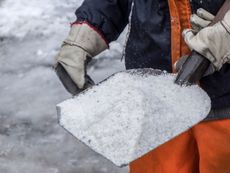
Salt Injury To Plants: How To Save Plants From Salt Damage
In northernmost regions, where the use of salt spray is popular during winter, it is not uncommon to find salt damage on lawns or even some salt injury to plants. Learn more about treating it in this article.
By Susan Patterson
-
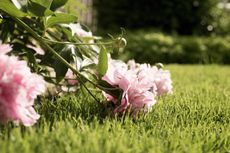
Established Plants Are Tall And Leggy: What To Do For Leggy Plant Growth
Plants that become leggy or floppy tend to fall over, produce less flowers and produce and create an untidy spindly appearance. There are a couple of reasons why plants are tall and leggy. Learn what they are in this article.
By Bonnie L. Grant
-
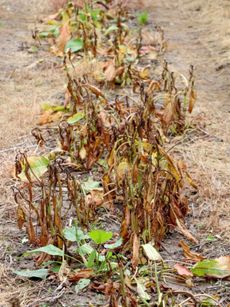
Herbicide Plant Damage: How To Treat Plants Accidentally Sprayed With Herbicide
Herbicide plant damage is usually the result of unintentional contact with chemicals from spray drift or contact with vapor. Recognizing accidental herbicide injury may be difficult, but this article can help.
By Bonnie L. Grant
-

Variegated Plant Problems: What Causes Reversion Of Variegated Leaves
Reversion of variegated leaves occurs in many types of plants. This is when the white shading or lighter speckles and borders turn into green. This is frustrating to many gardeners. Learn more here.
By Bonnie L. Grant
-
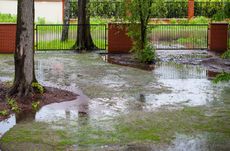
Flood Damage Clean Up: Tips For Minimizing Flood Damage In The Garden
Heavy rainfall followed by flooding not only causes damage to buildings and homes, but can also affect plants in the garden. Learn how to manage flooded garden plants in this article.
By Nikki Tilley
-
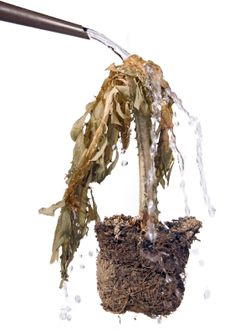
Signs Of Under Watering Plants: How Can You Tell Plants Have Too Little Water
Not enough water is one of the most common reasons that plants are unhealthy, wilt, and die. It’s not always easy, even for expert gardeners, to get watering right. To avoid problems associated with under watering, know the signs to look for. This article will help.
By Mary Ellen Ellis
